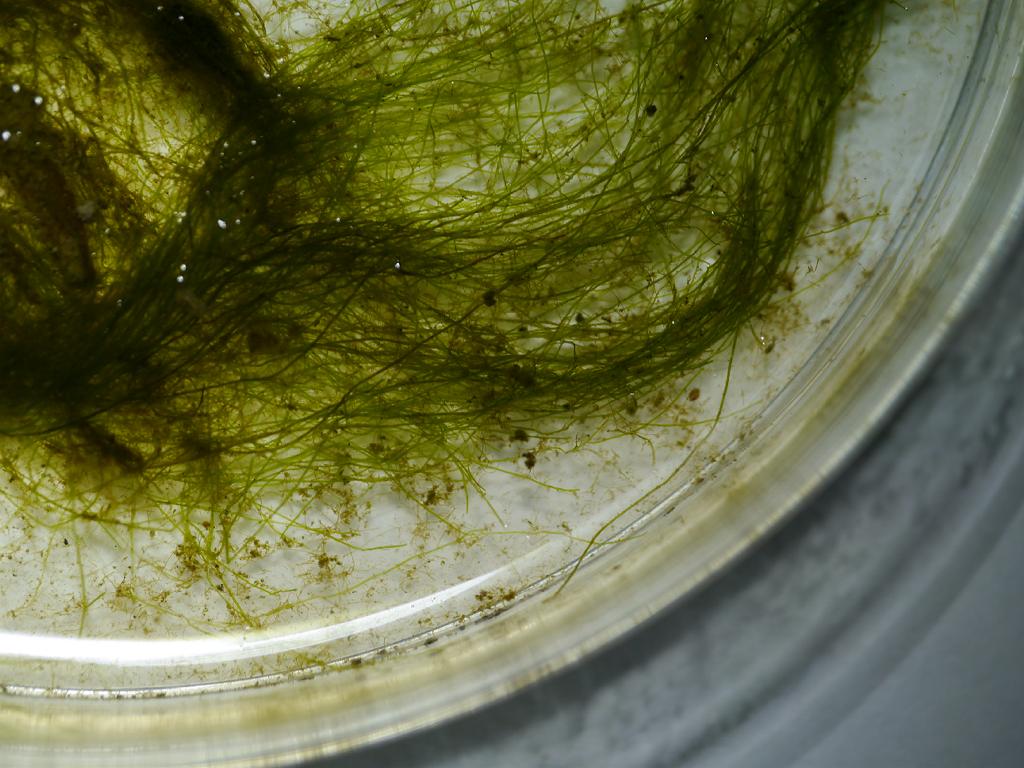Vaucheria Litorea : Vaucheria Litorea Archives Adidarwinian
Die Atlantischen Nacktschnecken Elysia chlorotica können ihr Leben lang ohne Nahrung auskommen wenn sie nur die ersten beiden Lebenswochen ihre Lieblingsalgen Vaucheria litorea zu fressen bekommen. It grows in a filamentous fashion forming long tubular cells connected end to end.

Vaucheria Litorea C Agardh 1823 Algaebase
Vaucheria litorea Hofman Agardh ex CAgardh species Accepted Name authority.

Vaucheria litorea. The sparsely branched or unbranched coenocytic filaments often form feltlike mats. Litorea but provided with light and CO2. Vaucheria de Candolle 1801 Fig.
Diese Aufnahme der Chloroplasten ist für die Entwicklung zum adulten Tier unerlässlich. In the cytoplasm are present many chloroplasts and nuclei. It grows in a filamentous fashion forming long tubular cells connected end to end.
Chloroplasts are oval or discoid in shape and present in the form of a layer. Adult Elysia chlorotica are usually bright green in color owing to the presence of Vaucheria litorea chloroplasts in the cells of the slugs digestive diverticula. Vaucheria litorea is a species of yellow-green algae Xanthophyceae.
Agardh 1823 has somehow acquired functional algal nuclear genes. Litorea plastids to understand how they withstand the rigors of photosynthesis in isolation. Jetzt haben US-Forscher die Details herausgefunden.
Chlorotica or any other sacoglossan Pierce and Curtis. Vaucheria genus of yellow-green algae family. Vaucheria litorea Taxonomy ID.
Elysia chlorotica ernährt sich von Algen der Art Vaucheria litorea. 14DK Vaucheria is commonly known as water felt. The products of these transferred genes help with the long-term maintenance of plastid function within the slug cell.
Chloroplast reproduction has never been found in E. The often macroscopic cells contain a large number of discoid plastids with or without pyrenoids. 1 frisst die Alge und so passieren die Chloroplasten der Alge den Darm-trakt der Schnecke.
109269 for references in articles please use NCBItxid109269 current name. Reproduction occurs by zoospores aplanospores and akinetes. United Kingdom Species Inventory UKSI As Vaucheria litorea Hofman Agardh ex CAgardh.
Vaucheria litorea is a species of yellow-green algae Xanthophyceae. Sie werden daraufhin als Kleptoplasten bezeichnet. Die Meeresschnecke Elysia chlorotica siehe Abb.
Elysia chlorotica is a kleptoplastic sea slug that preys on Vaucheria litorea stealing its plastids which continue to photosynthesize for months inside the animal cells. We investigated the native properties of V. Litorea is a common intertidal species of coastal brackish waters and salt marshes of the Northern Atlantic along the coasts of Europe and North America.
As Vaucheria litorea CAgardh 1823. Dabei werden die Chloroplasten dieser Alge nicht verdaut sondern funktionsfähig in den Organismus der Schnecke übernommen. The algae can be found in almost any wetland habitat including mudflats salt marshes estuaries wet farmlands and pond fringes.
Chlorotica was deprived of V. Die Alge Vaucheria litorea ist eine Pflan-ze betreibt Photosynthese und verfügt somit über Chloroplasten mit deren Hilfe sie ihre Energie selber herstellt. Most species occur in fresh water though some are marine.
Vaucheria genus of yellow-green algae family Vaucheriaceae found nearly worldwide. This symbiotic association was characterized over a period of 8 months during which E. Photosynthesizing structures within plants from Vaucheria litorea a yellow-green alga it consumes into cells that surround E.
The marine slug Elysia chlorotica Gould forms an intracellular symbiosis with photosynthetically active chloroplasts from the chromophytic alga Vaucheria litorea C. As Vaucheria litorea CAgardh 1823. Chloroplasts and other plastids small bodies involved in the synthesis and storage of foodstuffs can continue to photosynthesize nutrients for the animals for up to several months.
Roplasts from its algal food Vaucheria litorea C. Wall of the filament is thin elastic and consists of an outer layer of pectose and an inner layer of cellulose. Since the slug does not have a protective shell or any other means of protection the slug also uses the green color obtained from the algae as a camouflage against predators.
Litorea is a common intertidal species of coastal brackish waters and salt marshes of the Northern Atlantic along the coasts of Europe and North America.

Solar Powered Sea Slugs Marine Madness
Eastern Emerald Elysia Steals Genes From Algae To Live Like Plant Biology Sci News Com
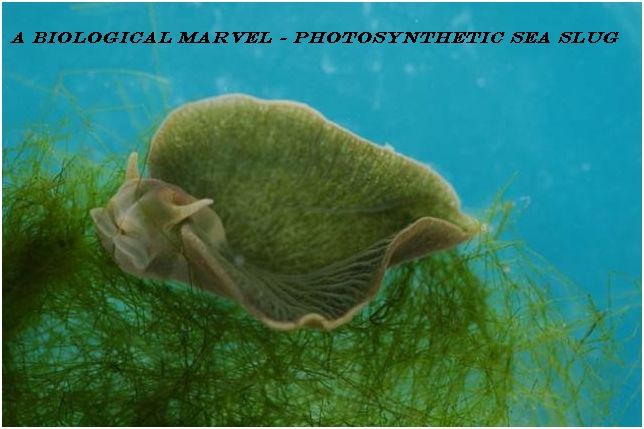
Vaucheria Litorea Archives Adidarwinian
The Sea Slug Forum Elysia Chlorotica
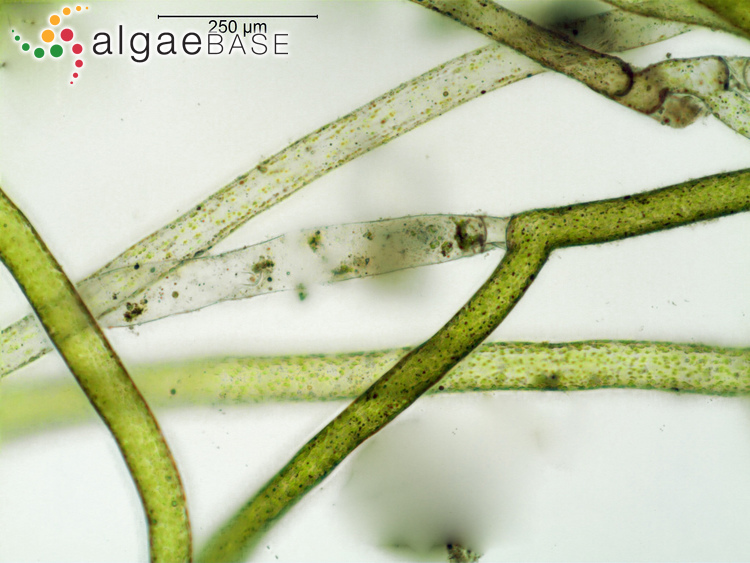
Vaucheria Litorea C Agardh 1823 Algaebase

Photos Of Genus Vaucheria Inaturalist

Emerald Sea Slugs Elysia Chlorotica And Chloroplasts From Yellow Green Algae Vaucheria Litorea

Vaucheria Genus Of Yellow Green Algae Britannica
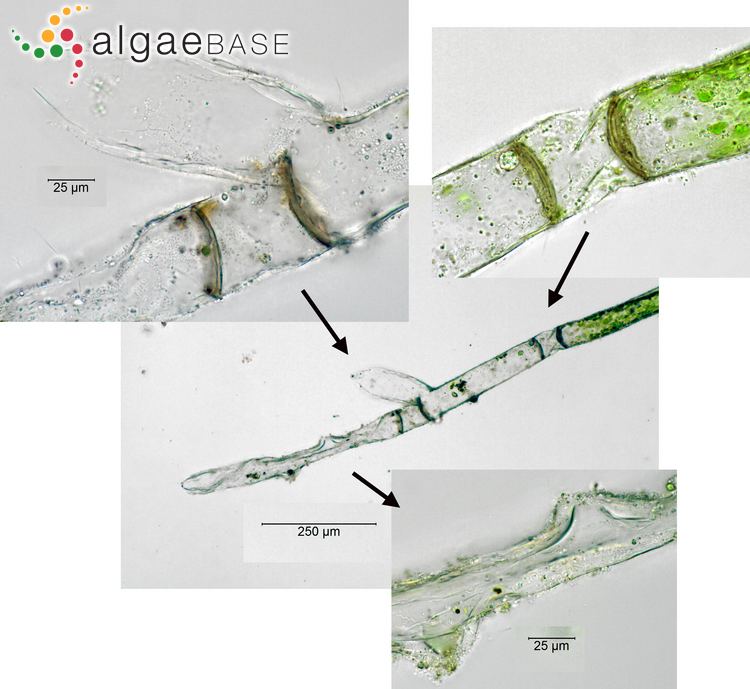
Vaucheria Litorea Alchetron The Free Social Encyclopedia
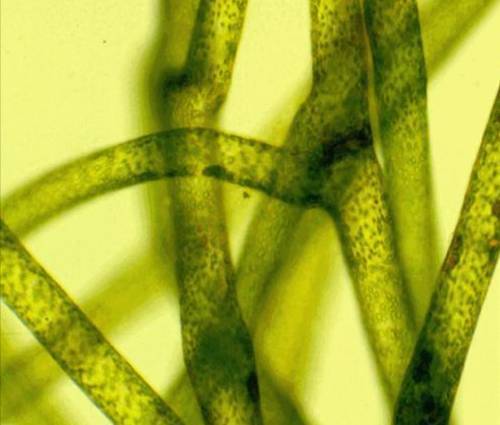
What An Awesome World Elysia Chlorotica Simplified Version

Elysia Chlorotica And Vaucheria Litorea Specimens In Culture A Download Scientific Diagram

A Sea Slug Consuming Its Obligate Algal Food Vaucheria Litorea Download Scientific Diagram
Small Things Considered The Sea Slug S Guide To Plastid Adoption

